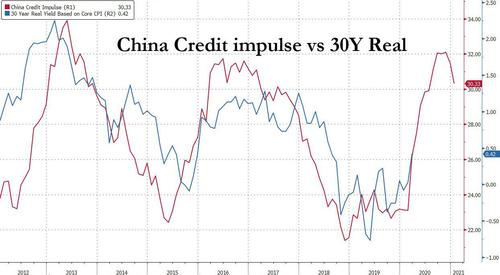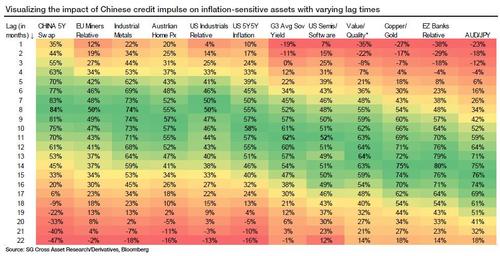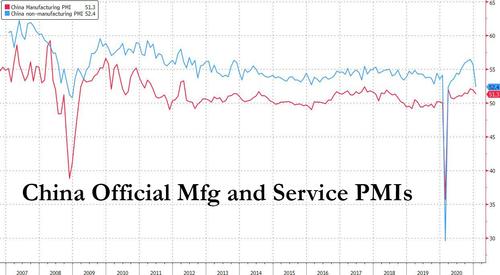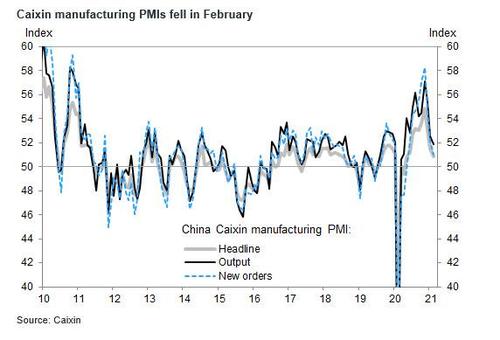Homeschooling was supposed to be a temporary pandemic-era expedient and many students will, undoubtedly, return to traditional classrooms once COVID-19 is a memory. But growing familiarity with do-it-yourself education, the continuing slow-motion disaster engulfing government-run schools, and long-term changes in the way we live and work are likely to permanently transform learning. Homeschooling in all its myriad forms is here to stay.
Part of the issue is that public school bureaucrats and teachers unions seem dedicated to testing families’ patience.
“At the beginning of the school year we had a good amount of folks calling, but it hasn’t really let up at all,” Spencer Mason of North Carolinians for Home Education recently told The North State Journal. “Now it’s people who are frustrated with the way that public schools have been going.”
Across the country, public schools struggle with their pandemic responses. Teachers unions battle school officials and have even gone on strikes and sick-outs to prevent in-person education. Wrestling matches between unions that don’t want their members to have to show up for their paychecks and government officials often under their thumbs leave many parents uncertain as to when children might return to a classroom.
“Biden has pledged to reopen most schools for in-person instruction by May, but some experts fear the revised guidance published by his administration could make it harder for some schools to do so – even by next fall,” CNN noted February 28. “In some places, school authorities face strong opposition from powerful teachers’ unions,” the report added.
Disruption of the public school could have been tolerable if they’d adapted to the new environment and offered good-quality remote education through online platforms. It’s certainly possible—many charter schools and private educators mastered this approach years ago. But that wasn’t the case as government schools fumbled teaching students, or even making sure they show up for lessons.
“[T]he cumulative learning loss could be substantial, especially in mathematics—with students on average likely to lose five to nine months of learning by the end of this school year,” concluded a December 2020 report by McKinsey & Company.
Education bureaucrats compounded the problem by, apparently, deciding that a health crisis was a great time to jettison anything that might attract parents and students to their institutions. Boston Public Schools, for example, suspended enrollment in gifted programs in part because participants don’t precisely reflect the demographic makeup of the city’s population.
“There’s been a lot of inequities that have been brought to the light in the pandemic that we have to address,” Superintendent Brenda Cassellius told WGBH of the decision. “There’s a lot of work we have to do in the district to be antiracist and have policies where all of our students have a fair shot at an equitable and excellent education.”
Illinois, for its part, just mandated that teacher training programs adopt instruction on ideologically charged concepts including “implicit bias,” “historical inequities,” and “systems of oppression.”
“Critics are rightly concerned that the overhaul embeds politics into teacher training,” the Chicago Tribune editorialized in mid-February.
These fiascos can only encourage the ongoing exodus from government schools to the competition. In the fall, NPR found “enrollment declines in dozens of school districts across 20 states.”
In Massachusetts, “some 13,166 students from public schools have transferred into private schools this fall, compared with 7,299 transfers the previous year,” the Boston Globe reported in November. “Many families are also giving home schooling a try this year, with 7,188 students withdrawing from public schools to receive instruction led and chosen by their parents or another adult, compared to 802 the previous year.”
“During an unusual school year, Illinois public schools saw student enrollment drop in greater numbers than expected, according to recent projections by the state board of education,” according to a February story in Chalkbeat Chicago. “Board members said they suspected students were lost to homeschooling, private schools, or public school districts in other states.”
Families have been forced to improvise by the failures of public schools, which were once the default education choice, by the abandonment of programs, and by the accelerated politicization of classrooms. They’ve enrolled their kids in private schools when budgets allowed, taught their children at home, reinvented homeschooling co-ops as pandemic pods, and tried out competent remote-learning options. Many discover that previously daunting choices are pretty enticing once they’re familiar.
“[P]arents’ dissatisfaction with the public education system and a newfound preference for working from home could lead to a permanent increase in the popularity of homeschooling,” writes Anne Dennon, who covers higher education trends, policy, and student issues for BestColleges. “Many academics who study homeschooling say the pandemic’s boost to the homeschool movement will last.”
Permanent growth in homeschooling is in the works, Christopher Lubienski, a professor of education policy at Indiana University, advised Education Week, “partly because people who haven’t really thought about it before suddenly saw themselves forced into [home schooling], and then realizing that it’s something they can see themselves doing.”
“I had no desire to homeschool. I actually did not want to homeschool,” Kristin Kanipe told North Carolina’s WUNC of her pre-pandemic reaction to the idea. “And now I love it.”
Easing the transition is not just the collapse of the public schools, but also changing habits. Both the Bureau of Labor Statistics and McKinsey predict big growth in people working from home after the pandemic ends, up to 25 percent of the workforce. Experts interviewed by Pew Research also foresee a more tech-driven life for both better and worse. On the positive side will be expansion in “a robust marketplace of education choices that allow students to create personalized schooling menus.”
Parents working from home are better able to homeschool their children, or enroll them in a virtual program of their choice, than are those who have to go to an office every day. They’re also more likely to have the Internet connections and devices needed to take advantage of such opportunities. And, importantly, they’re inherently more comfortable with family-based options that were thrust upon them but which, in many cases, have become very welcome.
Americans didn’t plan on a national experiment in homeschooling and other education innovations. But floundering public schools are a great inducement to take the plunge.

from Latest – Reason.com https://ift.tt/3uGwrHp
via IFTTT
















